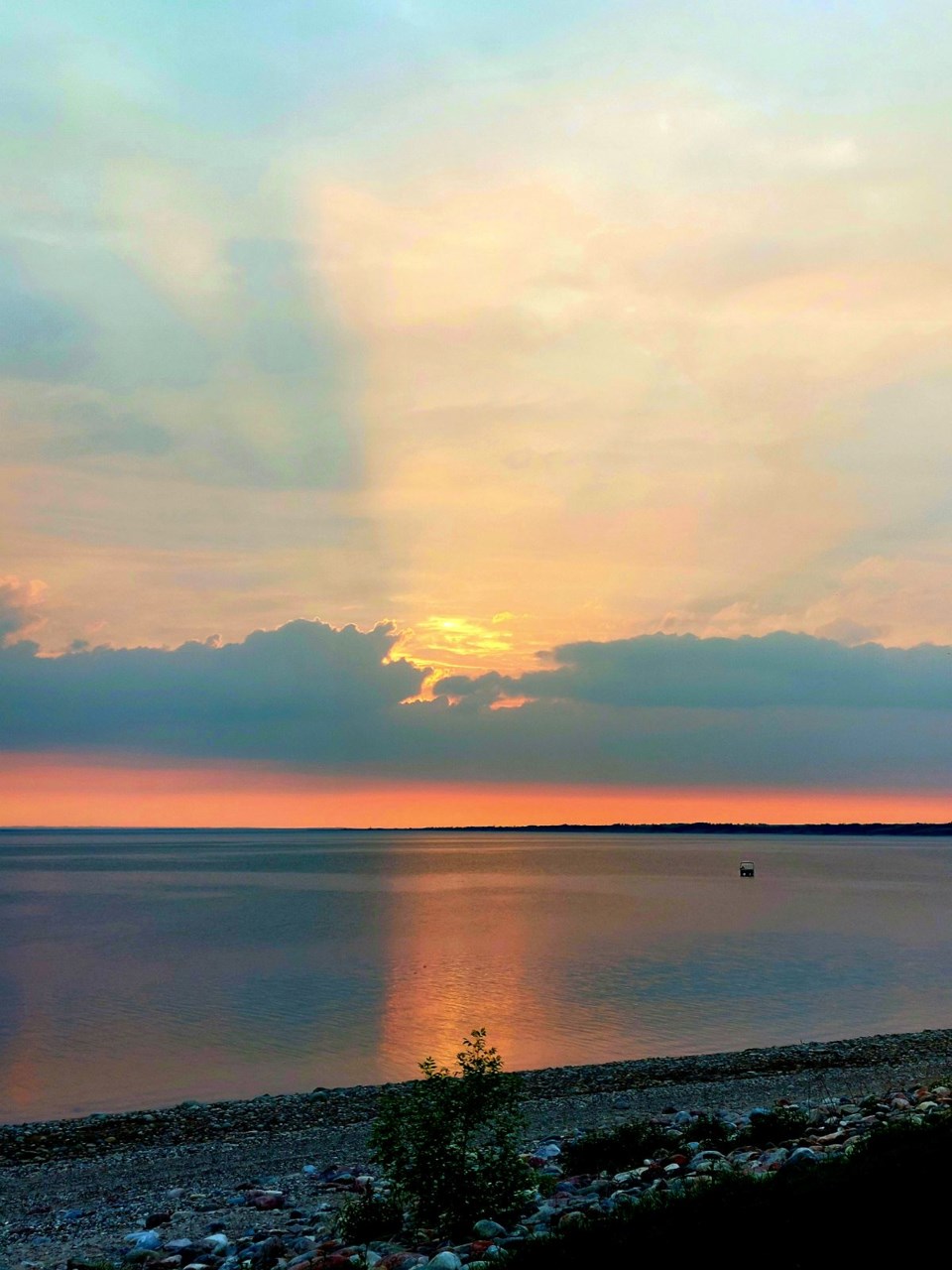LAKE DIEFENBAKER - Last week, the Water Security Agency (WSA) released the preliminary spring runoff report for 2025.
And it includes a bit of a bump for local hotspot Lake Diefenbaker, which on top of being a very popular recreational spot, also serves as Saskatchewan's main water supply.
While much of the province experienced below-normal precipitation, leading to dry conditions at freeze-up last fall, overall conditions improved compared to last year. Most major reservoirs in southern Saskatchewan are at or above normal levels and are expected to be near normal levels following spring runoff.
Winter precipitation has been variable across the province, ranging from below normal in south-central and northern Saskatchewan, to above normal in parts of the southwest and west central portions of the province.
Currently, Lake Diefenbaker is above normal levels for this time of year and inflows this winter have been near normal.
"In anticipation of potential below normal runoff from the alpine region, WSA has implemented an overwinter operating plan at Lake Diefenbaker that still focuses on retaining water supplies to ensure safe, reliable drinking water for communities and other users," Minister Responsible for the Water Security Agency Daryl Harrison said in a media release.
At this time, the Agency has determined that Lake Diefenbaker is currently about 0.7 m higher than normal elevations for this time of year. The WSA is currently drawing down Lake Diefenbaker to reach an elevation of 551.5 m before the prairie spring runoff, a target that officials say falls within the normal winter drawdown range and follows a conservative approach to maintain stable water supplies.
A more complete assessment of potential runoff conditions will be available after snowpack survey data is gathered later in February. Snowpack data, collected from over 100 locations across the province, provides a comprehensive view of moisture conditions, helping to refine runoff forecasts and water management decisions.
Parts of southern and central Saskatchewan are expected to see an above normal runoff response as a result of an above normal snowpack in combination with wetter fall conditions. Below normal conditions continue in northern Saskatchewan and the south- and east-central parts of the province.
In the Souris Basin, reservoirs are projected to remain within normal operating ranges. All lakes within the Qu'Appelle River Basin are expected to remain in the normal operating ranges.
As winter continues to stick around and people hope for the springtime to pop up in the coming weeks, the WSA says they will continue to monitor and report on conditions as they develop.




